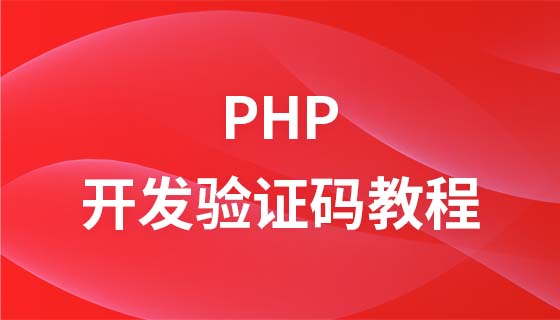
Course Advanced 9935
Course Introduction:"PHP Development Verification Code Tutorial" will introduce how to use PHP code to create a simple verification code
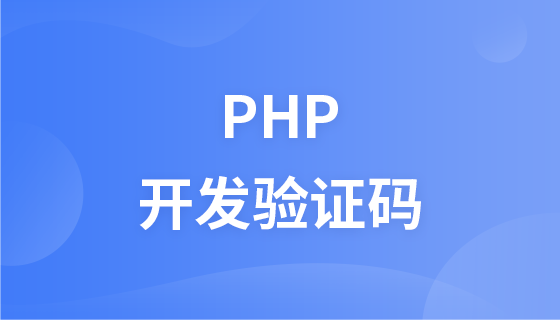
Course Advanced 20355
Course Introduction:PHP practical tutorial, learn how to make verification codes and verifications with numbers and letters, and understand all aspects of the difficulties and processes.
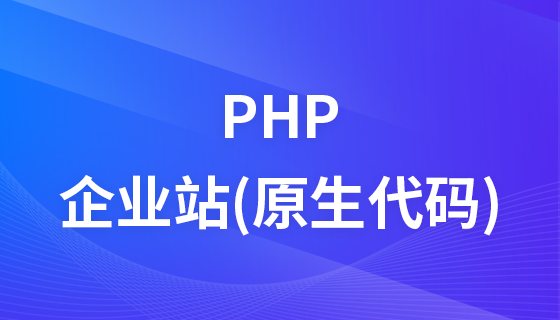
Course Elementary 15268
Course Introduction:PHP Practical Enterprise Website (Native Code)" This course is an enterprise website written using native php+mysql statements. It is mainly used to demonstrate to novice friends how to use native PHP code to operate our database. It is also helpful for learning PHP and mysql is helpful
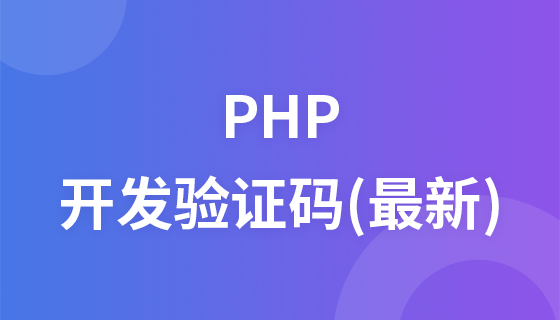
Course Advanced 19597
Course Introduction:PHP practical tutorial, learn how to make verification codes and verifications with numbers and letters, and understand all aspects of the difficulties and processes.

Course Elementary 22116
Course Introduction:This project is developed using native PHP, so novices can easily get started. Core knowledge points~ 1. PHP object-oriented programming 2. CURD (create, update, read, delete) of MySQL database 3. Combination of PHP and MySql--PDO connection to database 4. PHPmailer sends the email and completes email verification 5. Telnet simulates email sending 6. Execute php in php-cli mode 7. PHP+MySQL implements queue sending emails 8. AJAX asynchronously triggers the mail queue

Course Elementary 13742
Course Introduction:Scala Tutorial Scala is a multi-paradigm programming language, designed to integrate various features of object-oriented programming and functional programming.

Course Elementary 82249
Course Introduction:"CSS Online Manual" is the official CSS online reference manual. This CSS online development manual contains various CSS properties, definitions, usage methods, example operations, etc. It is an indispensable online query manual for WEB programming learners and developers! CSS: Cascading Style Sheets (English full name: Cascading Style Sheets) is an application used to express HTML (Standard Universal Markup Language).

Course Elementary 13130
Course Introduction:SVG is a markup language for vector graphics in HTML5. It maintains powerful drawing capabilities and at the same time has a very high-end interface to operate graphics by directly operating Dom nodes. This "SVG Tutorial" is intended to allow students to master the SVG language and some of its corresponding APIs, combined with the knowledge of 2D drawing, so that students can render and control complex graphics on the page.

Course Elementary 24578
Course Introduction:In the "AngularJS Chinese Reference Manual", AngularJS extends HTML with new attributes and expressions. AngularJS can build a single page application (SPAs: Single Page Applications). AngularJS is very easy to learn.

Course Elementary 27435
Course Introduction:Go is a new language, a concurrent, garbage-collected, fast-compiled language. It can compile a large Go program in a few seconds on a single computer. Go provides a model for software construction that makes dependency analysis easier and avoids most C-style include files and library headers. Go is a statically typed language, and its type system has no hierarchy. Therefore users do not need to spend time defining relationships between types, which feels more lightweight than typical object-oriented languages. Go is a completely garbage-collected language and provides basic support for concurrent execution and communication. By its design, Go is intended to provide a method for constructing system software on multi-core machines.
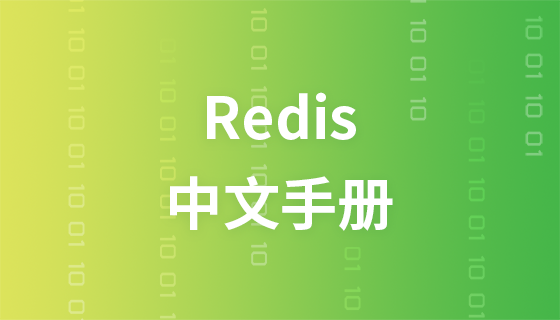
Course Elementary 57881
Course Introduction:"Redis Command Operation Chinese Manual" is the latest official Redis online reference manual. Redis is an in-memory cache database. This manual contains various Redis operation commands with Chinese explanations. You will learn to master the efficient use of Redis in the data server. It is a must-have online query for Redis learning and users. Refer to the documentation tutorial!
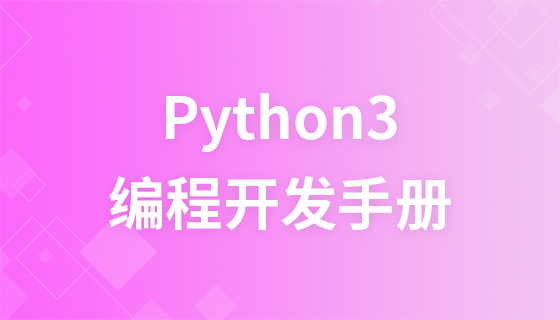
Course Elementary 87564
Course Introduction:"Python 3 Tutorial" The 3.0 version of Python is often called Python 3000, or Py3k for short. This is a major upgrade compared to earlier versions of Python. In order not to bring too much burden, Python 3.0 was not designed with backward compatibility in mind. Python language is very simple and easy to use for beginners and to complete common tasks.
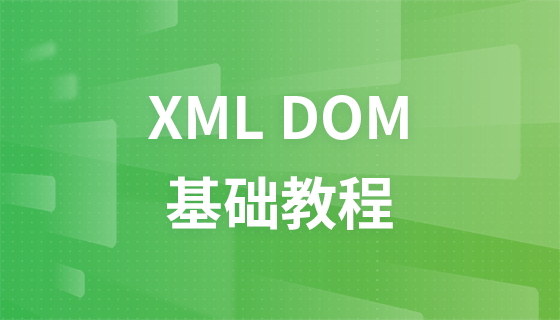
Course Elementary 21041
Course Introduction:"XML DOM Tutorial" XML DOM defines a standard method for accessing and manipulating XML documents. DOM treats an XML document as a tree structure, with leaves defined as nodes. If you want to use XML, you need to understand the XML DOM.
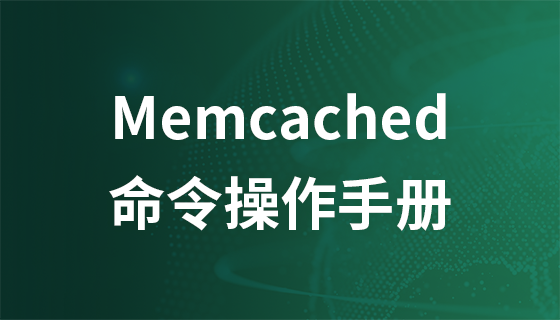
Course Elementary 17782
Course Introduction:"Memcached Command Operation Manual" is the latest official Memcached online reference manual. In this Memcached document, various Memcached operation commands are provided with Chinese explanations. You will learn how to use Memcached to reduce database load and improve performance. It is a must-have online query reference document tutorial for Memcached learners and users!
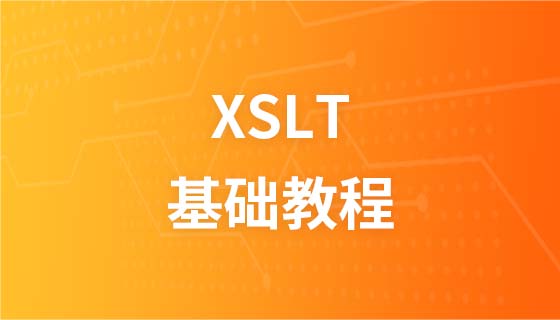
Course Elementary 9833
Course Introduction:"XSLT Tutorial" XSL refers to the EXtensible Stylesheet Language (EXtensible Stylesheet Language), which is a stylesheet language for XML documents. XSLT refers to XSL Transformation. In this tutorial, you will learn how to use XSLT to transform an XML document into another document, such as XHTML.
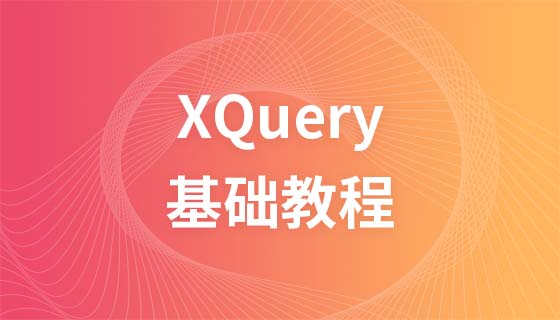
Course Elementary 9161
Course Introduction:"XQuery Tutorial" XQuery is to XML what SQL is to databases. XQuery is designed to query XML data.
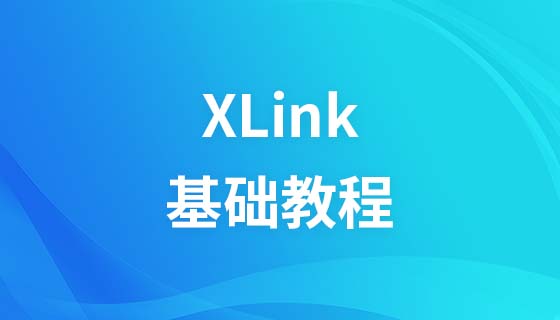
Course Elementary 8600
Course Introduction:XLink defines a standard way to create hyperlinks in XML documents. XPointer allows these hyperlinks to point to more specific parts (fragments) in the XML document.
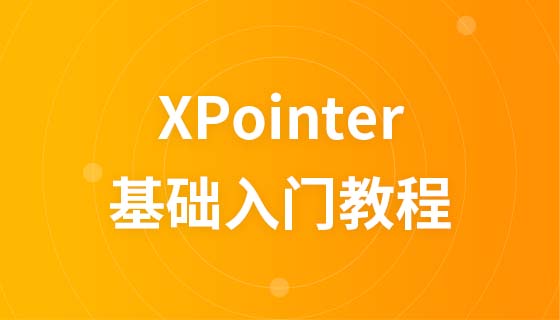
Course Elementary 8220
Course Introduction:XLink and the XPointer Tutorial XLink defines a standard way to create hyperlinks in XML documents. XPointer allows these hyperlinks to point to more specific parts (fragments) in the XML document. Start learning XLink and XPointer now! Table of Contents Introduction to XLink and XPointer This chapter explains the concepts of XLink and XPointer. XLink and XPointer syntax XLink and XPointer syntax
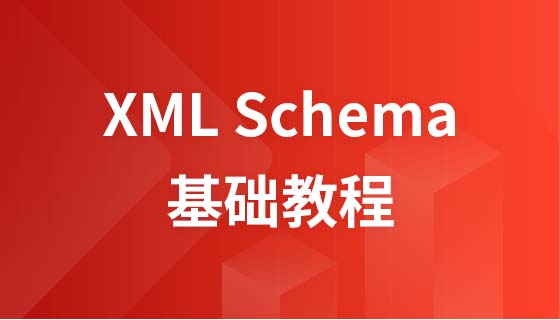
Course Elementary 10984
Course Introduction:"XML Schema Tutorial" XML Schema describes the structure of an XML document. In this tutorial, you'll learn how to read and create the XML Schema language in your applications, why XML Schema is more powerful than DTDs, and how to use XML Schema in your applications. Start learning XML Schema now!

Course Elementary 22364
Course Introduction:Design pattern (Design pattern) is a set of classified and cataloged summary of code design experience that is used repeatedly, known to most people. The purpose of using design patterns is to reuse code, make the code easier to understand by others, and ensure code reliability. There is no doubt that design patterns are win-win for ourselves, others, and the system; design patterns make code writing truly engineering; design patterns are the cornerstone of software engineering, just like the structure of a building.